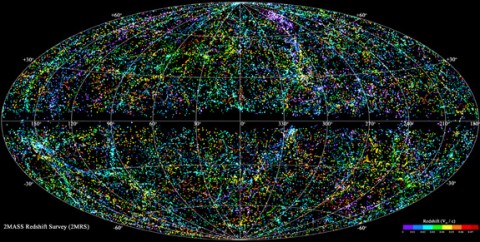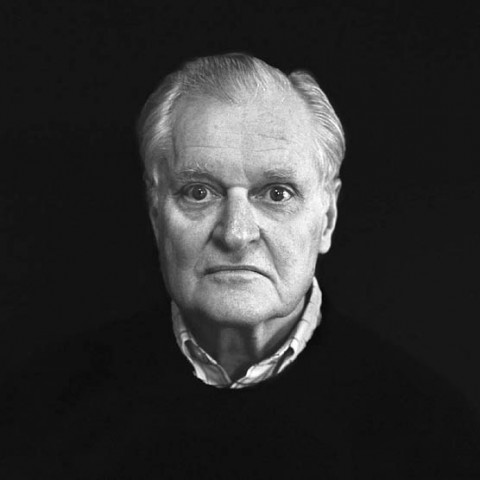Tucked away in the crowded southern Indian city of Chennai, in the shadow of the Wallajah Mosque, is an unflattering building. But what happens inside the building is remarkable. Every day since 1927, a dedicated team has worked tirelessly to create a handwritten newspaper, The Musalman (in Urdu: مسلمان). Today, there’s a team of six workers who work on the newspaper daily. Four of the workers are known as katibs, writers dedicated to the ancient art of Urdu calligraphy. They have the most modest of facilities: two wall fans, three light bulbs, and one tube light in an 800-square-foot building. But watching the video, you learn how this newspaper has survived for three generations — everyone who works there is absolutely devoted to the task. In fact, they are prepared to work on The Musalman until their “last breath,” an undeniable passion.
In the modern era where almost every published work is created digitally, it is refreshing to see the tradition of calligraphy endure with The Musalman. We can only hope the rest of us can appreciate The Musalman’s history and its efforts to survive as much as its dedicated readers do.
To learn more about The Musalman, read this Times of India story. For more about the world’s handwritten newspapers, please see this post on BrainPickings.
Eugene Buchko is a blogger and photographer living in Atlanta, GA. He maintains a photoblog, Erudite Expressions, and writes about what he reads on his reading blog.
 The 2MASS Redshift Survey (details here) took 10 years to complete, and it has now yielded the finest 3D map of the universe ever made, cataloguing more than 43,000 galaxies within 380 million light-years from Earth. The new map was presented last week at the 218th meeting of the American Astronomical Society. You can view the map in a much bigger format here and, as one user suggests, you may want to “right click and save as desktop background.”
The 2MASS Redshift Survey (details here) took 10 years to complete, and it has now yielded the finest 3D map of the universe ever made, cataloguing more than 43,000 galaxies within 380 million light-years from Earth. The new map was presented last week at the 218th meeting of the American Astronomical Society. You can view the map in a much bigger format here and, as one user suggests, you may want to “right click and save as desktop background.”

